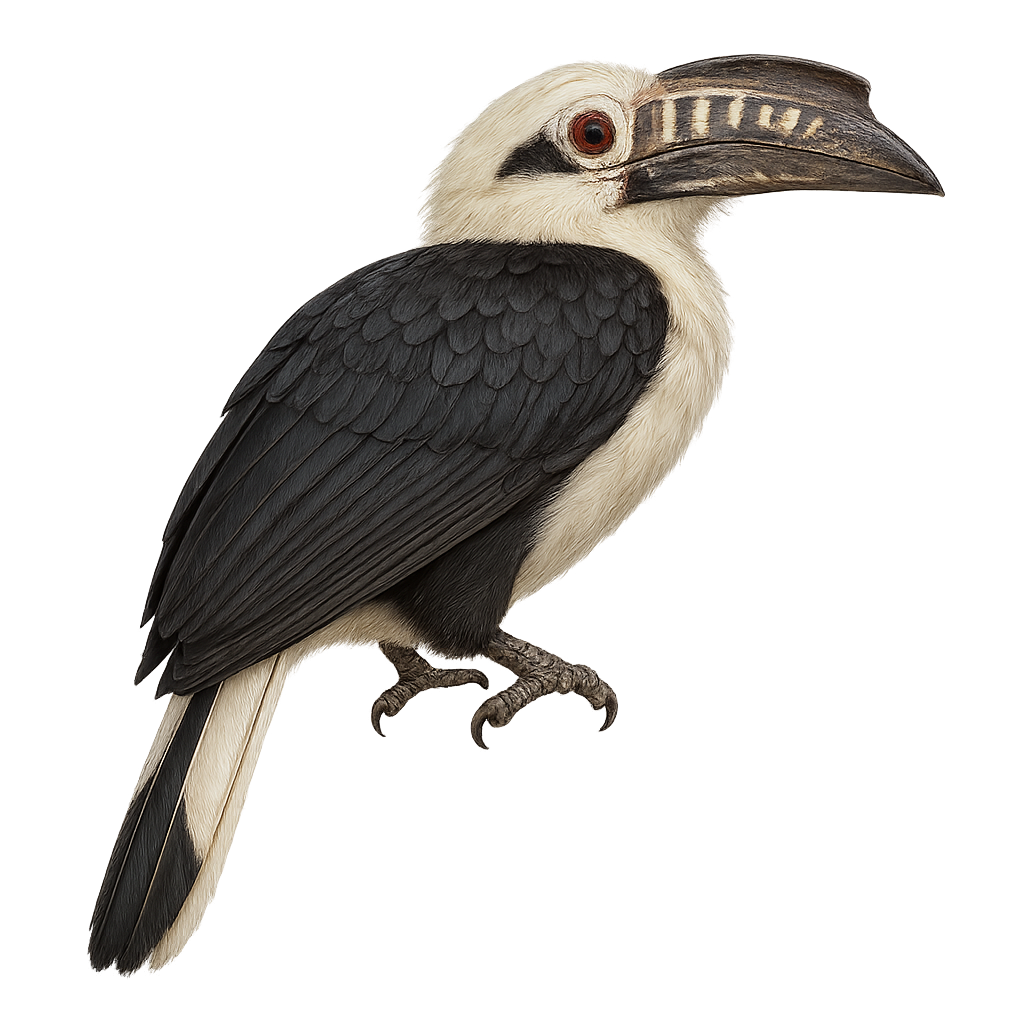Your wildlife photography guide.
Explore the visayan hornbill in detail, study its behavior, prepare your shots.
Where to observe and photograph the visayan hornbill in the wild
Learn where and when to spot the visayan hornbill in the wild, how to identify the species based on distinctive features, and what natural environments it inhabits. The WildlifePhotographer app offers tailored photography tips that reflect the visayan hornbill’s behavior, helping you capture better wildlife images. Explore the full species profile for key information including description, habitat, active periods, and approach techniques.
Visayan Hornbill
Scientific name: Penelopides panini

IUCN Status: Endangered
Family: BUCEROTIDAE
Group: Birds
Sensitivity to human approach: Suspicious
Minimum approach distance: 10 m
Courtship display: March to April
Incubation: 28-30 jours
Hatchings: April to May
Habitat:
Tropical rainforests, secondary forests
Activity period :
Primarily active during the day, with peak activity in the morning and late afternoon.
Identification and description:
The Visayan Hornbill, or Penelopides panini, is a bird species endemic to the Philippines, particularly the Visayan Islands. This medium-sized hornbill is notable for its black and white plumage with brownish cheeks. Males and females exhibit marked sexual dimorphism, with males having a larger bill and more vibrant coloration. These birds primarily inhabit tropical rainforests, feeding on fruits, insects, and small animals. Their social behavior is fascinating, as they often live in small family groups. Unfortunately, this species is threatened by deforestation and hunting, leading to a significant decline in its population.
Recommended lens:
400mm – adjust based on distance, desired framing (portrait or habitat), and approach conditions.
Photography tips:
To photograph the Visayan Hornbill, it is advisable to use a telephoto lens of at least 400mm to capture detailed images from a distance. As these birds are suspicious, it is important to remain discreet and blend into the environment. Opt for early morning or late afternoon hours when the light is soft and the birds are more active. A tripod can be useful to stabilize the camera, especially in the low-light conditions of tropical forests. Be patient and ready to wait for the perfect shot.
The WildlifePhotographer App is coming soon!
Be the first to explore the best nature spots, track rutting seasons, log your observations, and observe more wildlife.
Already 1 430 wildlife lovers subscribed worldwide

